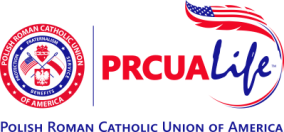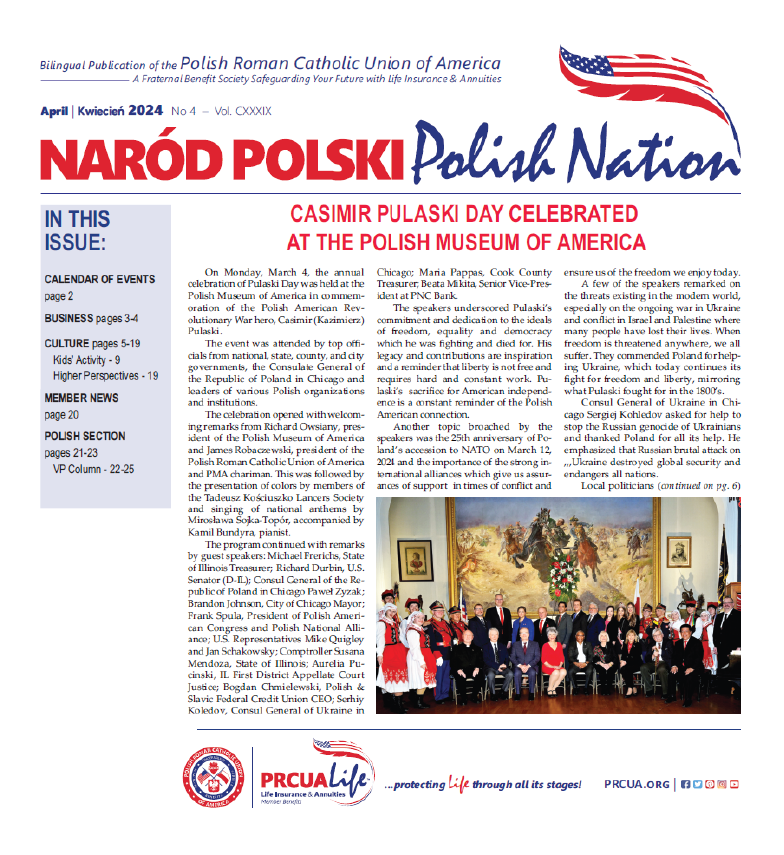- Over a lifetime, whole life insurance generally provides a greater rate of return of premium to death benefit and also the best cost arrangement as measured by present value of premiums relative to cash values.
- The average mortality rate has increased in recent years due to medical technology advances, greater access to healthcare, and wellness living and eating. How many commercials have you seen in the last week, which speaks about health club memberships or healthier food choices, its everywhere. Whole life guarantees the death benefit coverage as a person ages without increasing premiums on existing coverage as long as premiums are paid.
- The current low interest rate environment, which yield small returns on bank and fixed income instruments, whole life’s cash value growth is now seen as a stronger-yielding product with similar risk profiles. The cash value element is often considered as a bond or CD alternative.
- The cash value growth component in whole life is an attractive way to create a fund source that can be used to support college education planning or to use as a rainy day fund mechanism. It is not only meant for the beneficiary but cash value funds can be utilized by the owner while the insured is alive.
- For business planning purposes, a whole life policy can be used to fund buy-sell agreements or to provide executive benefits to help retain key employees. When the need is long term and strong guarantees are required, permanent life insurance should always be considered, premiums never increase and the death benefit is guaranteed as long as premiums are paid.
(800) 772 – 8632

